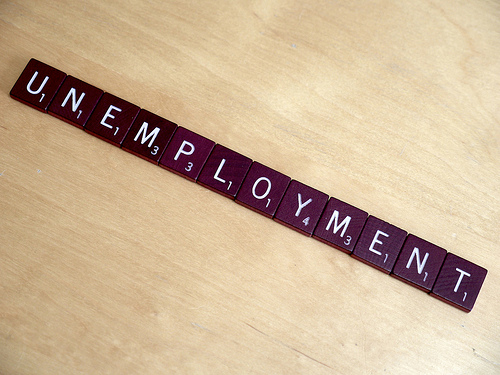Although the calendar says 33 days to go before we ring in 2016, for investors, there are exactly two days left in 2015: Friday, December 4th and Wednesday December 16th. Oh sure, there will be navel gazing over the results of the holiday shopping weekend. FYI, as it turned out, those door busters were a bit of a bust in brick and mortar stores, but they sure were effective in the digital arena. ShopperTrak reported that in-store traffic was down, but Adobe Digital index said consumers spent 14 percent more on Black Friday than last year and Thanksgiving online spending saw a 22 percent surge.
Regardless of the total holiday sales results, which will not be available for another month, there are far more important events ahead for the economy. Back to those two days…on Friday, the government will release the November jobs report. After a better than expected reading in October, when the economy added 271,000 jobs, the unemployment rate edged down to 5 percent and average hourly earnings increased by 2.5 percent from the previous year, hopes are high for follow through in November.
Economists predict nonfarm payrolls will rise by 190,000, with a range of 160,000-220,000. The unemployment rate will likely hold steady at 5 percent and earnings growth should slow from the quicker than expected pace in October, but is expected to show continued progress. .
If the jobs report comes in even at the low end of predictions, it would probably be enough ammunition for the Federal Reserve to raise interest rates at its two-day meeting, which concludes on the last important day for investors, December 16th. Janet Yellen will have two opportunities this week to pre-sell the rate hike: a speech before the Economic Club of Washington DC and testimony before the Joint Economic Committee of Congress. Although lawmakers will try to flex their muscles and attempt to prod Yellen to elaborate on the Fed’s plans, don’t expect her to give away much more than she has already stated in public.
Although these two days will be pivotal, that is not to say that there will not be volatile trading days in the month of December. As asset managers reposition their portfolios for the year-end, there is always the possibility for a low volume swing in either direction. There is also likely to be continued chatter about the narrowness of leadership in stocks. The FANG stocks (Facebook, Amazon, Netflix and Google) are said to account for gains of about 60 percent this year, while the S&P 500 and NASDAQ Composite are up 1.5 and 8.3 percent respectively.
MARKETS: While you were surfing the web on Black Friday, you may have missed a 5.5 percent drop in the Chinese stock market. The plunge was attributed to a government investigation into brokerage firms, which is part of a broader legal, regulatory and anti corruption crackdown, following a year of market swoons. Even with the late-week sell-off, the Shanghai Composite is 21 percent above its calendar year nadir on August 26th, though still remains 34 percent below its seven-year high on June 12th.
- DJIA: 17,798 down 0.1% on week, down 0.1% YTD
- S&P 500: 2,090 up 0.1% on week, up 1.5% YTD
- NASDAQ: 5,127 up 0.5% on week, up 8.3 % YTD
- Russell 2000: 1202, up 2.5% on week, down 0.2% YTD
- 10-Year Treasury yield: 2.22% (from 2.26% a week ago)
- Jan Crude: $41.71, down 0.6% on week
- Feb Gold: $1,056.20, down 1.3% on week (lowest level in more than five years, down 45% from peak 4 years ago)
- AAA Nat'l avg. for gallon of reg. gas: $2.05 (from $2.09 wk ago, $2.79 a year ago)
THE WEEK AHEAD:
Mon 11/30:
Cyber Monday
9:45 Chicago PMI
10:00 Pending Home Sales
10:30 Dallas Fed Manufacturing
Tues 12/1:
Giving Tuesday
Motor Vehicle Sales
9:45 PMI Manufacturing
10:00 ISM Manufacturing Index
10:00 Construction Spending
Weds 12/2:
8:15 ADP Private Employment Report
8:30 Productivity
2:00 Fed Beige Book
Fed Chair Janet Yellen speaks at the Economic Club of Washington DC
Thursday 12/3:
10:00 Factory Orders
10:00 ISM Non-Manufacturing Index
10:00 Fed Chair Janet Yellen testifies before Joint Economic Committee of Congress
Friday 12/4
8:30 November Employment Report
8:30 International Trade
![Jill on Money [ Archive]](http://images.squarespace-cdn.com/content/v1/59efbd48d7bdce7ee2a7d0c4/1510342916024-TI455WZNZ88VUH2XYCA6/JOM+Blue+and+White.png?format=1500w)




